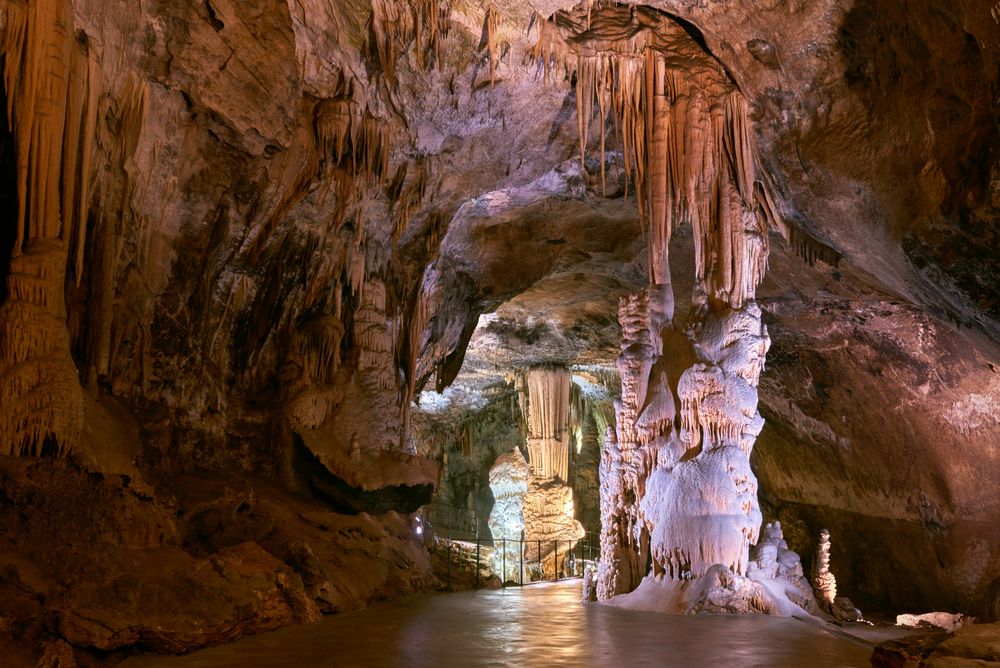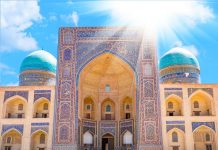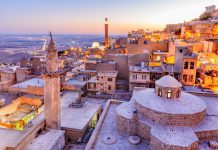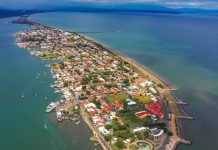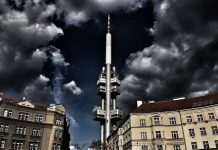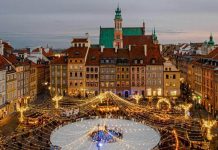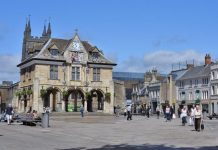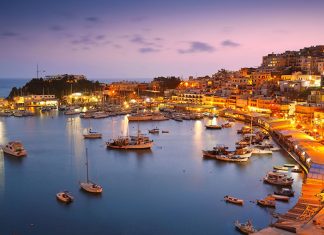This nation, independent since 1991, has a long history and a rich culture. Its unspoiled natural beauty is vast and varied, from snow-capped alpine peaks to lush forests, sparkling lakes, fertile plains — even mysterious caves.
Points ofInterest
Area: 7,819 square miles (about the size of New Jersey). Population: 2,020,000 (Ljubljana, 323,290; Maribor, 108,000). Language: Slovene.
Highlights
Ljubljana, the capital, is not only the country’s business center, but also its cultural heart. It has been inhabited for some 5,000 years: first by Illyrians and Celts; then by Romans; and since the 7th century, by the Slavs.
Visitors can still find traces of Roman times, including the statue of the Citizen of Emona (as the city was called) and remains of the Roman wall. But Ljubljana’s most distinct motif is Baroque. The old quarter, between Castle Hill and the Ljubljanica river, is the site of St. Nicholas Cathedral (with a beautiful 15th-century Pietá); the Church of St. James; the Church of the Holy Trinity; and the Franciscan church which looks over Tromostovje (the Three Bridges)
Ptuj, the oldest Slovene town, was established in 977. A mighty 9th-century castle above the river was destroyed by invaders, but has been rebuilt.
Bled is one of the most popular European lake resorts. Gondola-like boats – pletna – float visitors to a romantic isle with a lovely church and the famous Bell of Wishes. Visit Bled Castle or golf close by.
Kranjska Gora is a modern winter sports center, hosting the world ski tournament for the Vitranc Cup. In nearby Planica, international ski-jump competitions are held annually.
Bovec and the Soca valley, hidden in the heart of Triglav National Park, attract sportsmen, with their facilities for skiing, fishing, kayaking, rafting, hang gliding and parachuting from peaks. Hikers often encounter remains of` World War I fortifications.
Portoroz and Piran are jewels on the short Adriatic coast. Portoroz˙ has sandy beaches, elegant restaurants, cafes, bars, discotheques and a casino. Piran is a charming open-air museum with Tartini Square (composer and violinist Giuseppe Tartini was born here in 1692), the 15th-century Venetian House and many other attractions.
Attractions
Postojna caves. Discovered in 1852, these are the largest caves in Europe. The explored portion extends 15 miles, of which six are open to the public. An electric train takes you through a dramatic ‘landscape’ of stalactites, stalagmites and high-ceilinged caverns.
Lipica, the stud farm founded in 1580, is the original home of the famous Lipizzaner horses at Vienna’s Spanish Riding School.
The Slovene Coast, at the extreme north of the Adriatic, offers 25 miles of coastline and well-known health spas.

